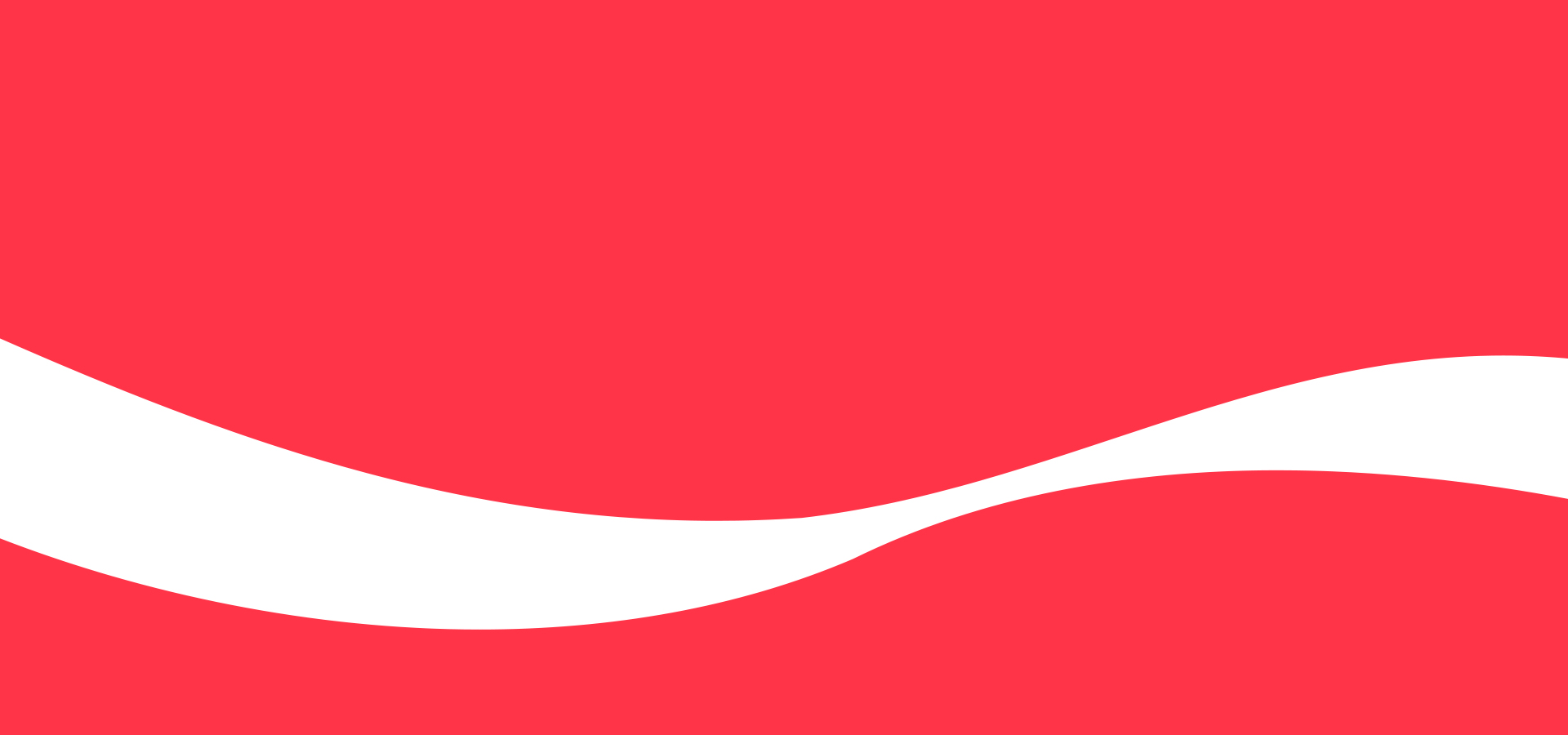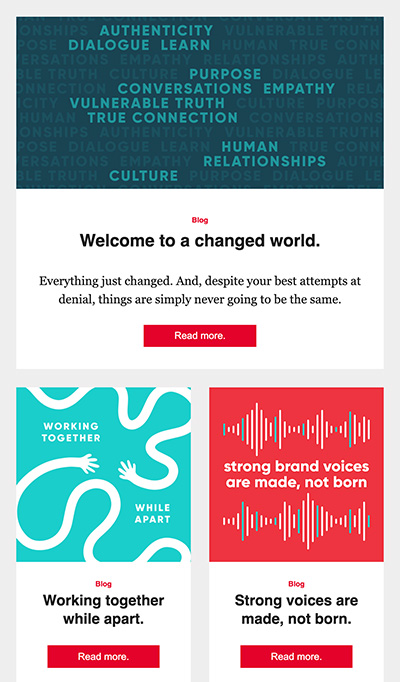Building demand for demand.
What the stock market can tell us about brand demand.

Recently, I was introduced to a study regarding the stock market. It proved a simple, yet revolutionary concept: stocks are more about picking what others deem as popular rather than choosing your own preference.
The experiment went like this: Three videos were shown to thousands of participants. The videos consisted of cute animals. The participants were split into two groups: those that selected their OWN preference for cutest video, and those that were asked to predict what EVERYONE ELSE would choose.
From Group A, a video of a kitten received 54% of the votes.
76% of Group B predicted that the kitten would be selected.
The difference isn’t contradictory – in fact it’s predictable. But the difference in the groups creates an artificial (yet very real) 22% difference. In other words, if those videos were stocks, the kitten video would increase 22% more than the market dictates because people and institutions buy stocks based on predicting other people’s decisions – not their own.
This 22% spread explains why bubbles occur in the stock market, and how manias happen. When you pick based on other’s opinions, you get a skewed view of demand – and a very real momentum is created. Demand builds demand as popularity skews the decision making process.
All this got me to thinking: how does this relate to brand demand? After all, it is our job to create demand, and build a buzz that helps inflate preference. In other words, we take your video and make it the cutest in order to get preference AND build demand for demand.
Why do people drink Coke vs. Pepsi? I’d be willing to bet that there is a major percentage spread of people that drink it because others do. Why do people choose the bigger, more well-known brand vs. a lesser known one? Because they want to be on the winning team, making the most popular decision. It’s human nature.
Demand creates inflated demand. Brand differentiation and dominance helps create demand for demand.
How does this get applied in real world? Sometimes ROI is not the point – pure dominance is the point. The brand with the largest presence doesn’t beat out #2 by small margin. The small margin creates an artificially larger margin created by perception, which is why you rarely see #1 and #2 as close competitors. Brand dominance creates demand for demand, with translates to market dominance.
In other words, it’s time to be the cuter kitty.


